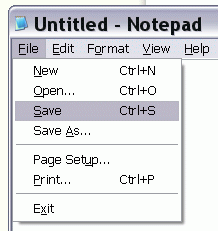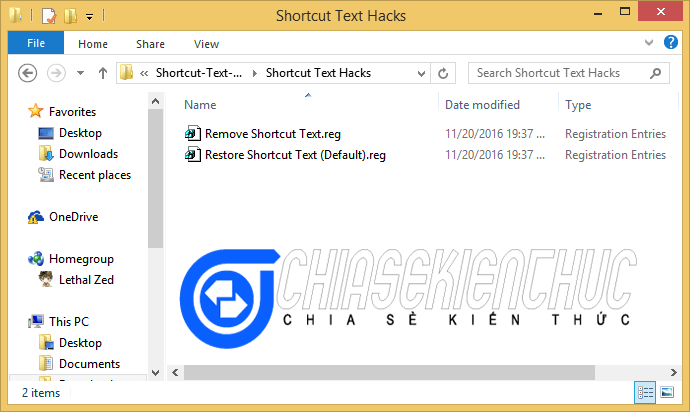

XP SHORTCUT TO SAVE AS HOW TO
And if you enjoy fiddling with the Registry, it’s worth taking the time to learn how to make your own Registry hacks. Note: The only times you can’t take a screen shot are before you log on to your computer and when you are playing a video in Microsoft Windows Media Player.

These hacks are really just the Explorer key, stripped down to the link value we talked about in the previous section and then exported to a. RELATED: How to Make Your Own Windows Registry Hacks When you’ve applied the hack you want, restart your computer (or log off and back on). Double-click the one you want to use and click through the prompts.

Both hacks are included in the following ZIP file. The “Restore Shortcut Text (Default)” hack deletes the value, restoring the default and causing Windows to add the “- Shortcut” text again. The “Remove Shortcut Text” hack sets the link value to 0, creating the value if it needs to. If you don’t feel like diving into the Registry yourself, we’ve created some a couple of Registry hacks you can use. Windows will recreate the value with the default setting when it needs to. This will work whether the value was already there or you created it yourself. If you want to reverse the changes, just head back into the Registry and delete the l ink value. Windows should no longer add the “- Shortcut” text. You’ll need to restart your computer (or sign out and back in) to complete the change. In the “Value data” box, replace the current value with “00 00 00 00.” Note that the current value you see will depend on what version and edition of Windows you’re running. When you’ve found-or created-the l ink value, double-click it to open its properties window. If you don’t see the value, you’ll need to create it by right-clicking the Explorer key, choosing New > Binary Value, and then naming the new value “link.” On the right-hand side, scroll down and locate a value named l ink. In the Registry Editor, use the left sidebar to navigate to the following key: HKEY_CURRENT_USER\SOFTWARE\Microsoft\Windows\CurrentVersion\Explorer Open the Registry Editor by hitting Start and typing “regedit.” Press Enter to open Registry Editor and give it permission to make changes to your PC.
XP SHORTCUT TO SAVE AS PRO
RELATED: Learning to Use the Registry Editor Like a Pro And definitely back up the Registry (and your computer!) before making changes. That said, if you’ve never worked with it before, consider reading about how to use the Registry Editor before you get started. This is a pretty simple hack and as long as you stick to the instructions, you shouldn’t have any problems. Standard warning: Registry Editor is a powerful tool and misusing it can render your system unstable or even inoperable.
XP SHORTCUT TO SAVE AS PC
To remove the “- Shortcut” text for any PC running Windows Vista all the way through Windows 10, you just need to make an adjustment to one setting in the Windows Registry. Remove the “- Shortcut” Text by Editing the Registry Manually


 0 kommentar(er)
0 kommentar(er)
